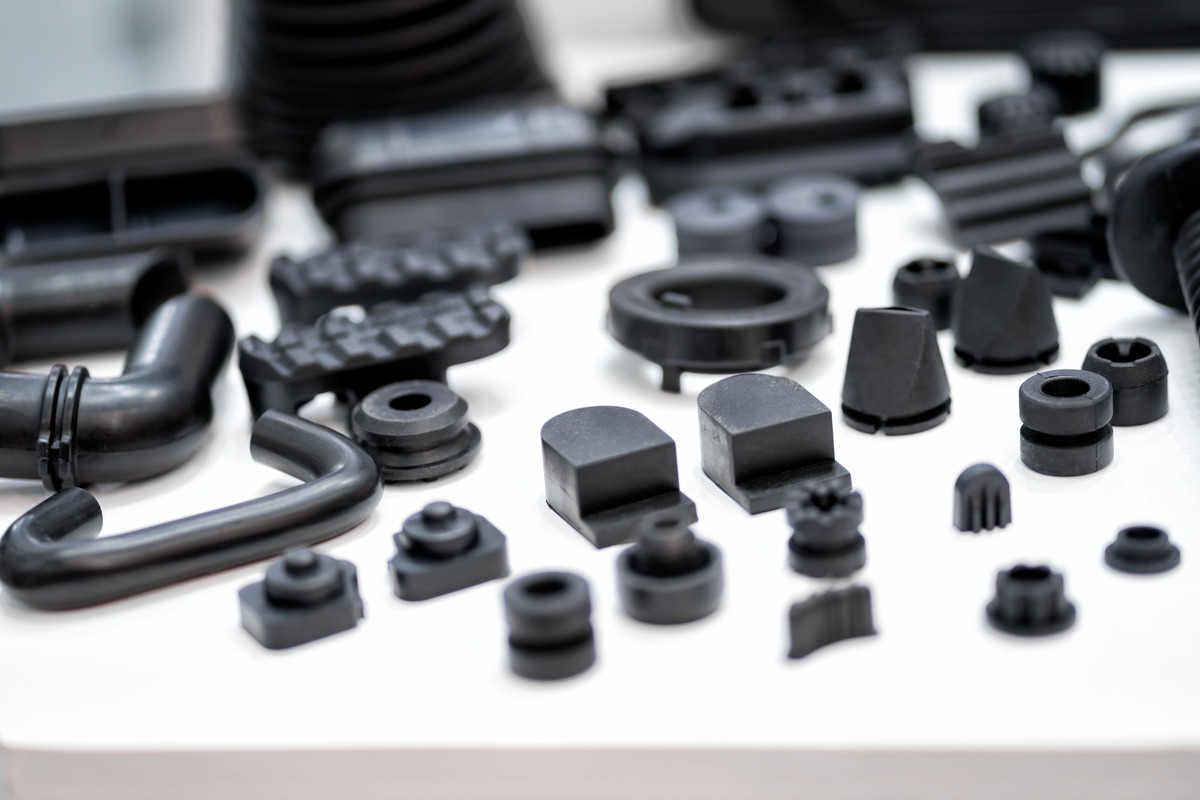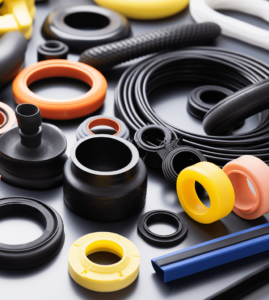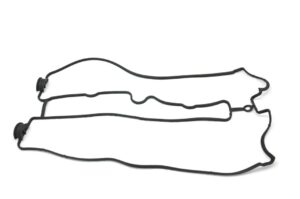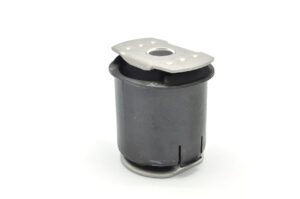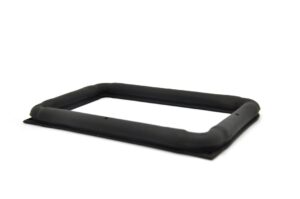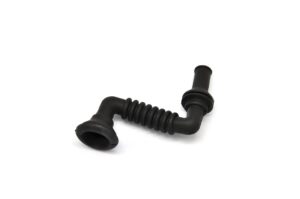Description
Rubber Parts for Automotive
Rubber Parts for Automotive: Essential Components for Performance, Safety, and Durability
Overview: Rubber parts are integral to the automotive industry, playing a critical role in ensuring the performance, safety, and comfort of vehicles. From sealing systems to suspension components, rubber parts are used extensively in cars, trucks, motorcycles, and other vehicles to absorb vibrations, prevent leaks, insulate against noise, and improve overall driving experience. Their flexibility, durability, and resistance to harsh environmental factors make them indispensable in modern automotive manufacturing.
Key Features and Benefits of Rubber Parts in Automotive:
- Durability and Longevity: Rubber components in automotive applications are designed to endure extreme conditions, including high temperatures, fluctuating weather, road debris, and exposure to various fluids like oils, fuels, and antifreeze. Premium rubber materials, such as EPDM (Ethylene Propylene Diene Monomer), Nitrile, and Neoprene, ensure that the parts maintain their functionality over time, providing long-term performance.
- Vibration and Noise Dampening: Many automotive rubber parts, such as bushings, mounts, and seals, are designed to reduce vibrations and noise. This enhances driving comfort, improves vehicle stability, and reduces wear on other mechanical components, contributing to a smoother ride.
- Sealing and Protection: Rubber seals, gaskets, and o-rings play a crucial role in preventing fluid leaks, maintaining airtight and watertight seals, and protecting critical components from dust, dirt, and moisture. These seals are vital in areas like the engine, transmission, windows, and doors, ensuring the vehicle remains efficient and safe.
- Heat and Chemical Resistance: Rubber parts in automotive applications must be resistant to a wide range of automotive fluids and extreme temperatures. High-quality rubber compounds, such as Silicone and Viton, are engineered to withstand the heat generated by engine components, exhaust systems, and braking systems, while also being resistant to oils, fuels, and chemicals.
- Customization and Versatility: Rubber parts for automotive use are highly customizable to fit specific vehicle models and manufacturers’ requirements. Whether for seals, bushings, gaskets, or hoses, rubber parts can be engineered to meet precise specifications, ensuring optimal performance and fit.
Common Rubber Parts in Automotive Applications:
- Rubber Gaskets and Seals: Gaskets and seals are among the most common rubber parts in automotive engines, HVAC systems, and transmission systems. These parts prevent fluid and gas leaks, ensuring that engine oil, coolant, and exhaust gases remain contained within their respective systems.
- Valve cover gaskets
- Head gaskets
- Exhaust seals
- Door seals
- Window seals
- Rubber Bushings and Mounts: Rubber bushings are used in suspension systems to absorb vibrations and reduce noise. These bushings isolate parts of the suspension system, ensuring a smooth and comfortable ride by dampening the vibrations caused by road irregularities. Rubber engine mounts and transmission mounts also help reduce vibrations and noise, enhancing vehicle comfort.
- Suspension bushings
- Engine mounts
- Transmission mounts
- Control arm bushings
- Rubber Hoses: Rubber hoses are critical components used for fluid transfer in automotive engines. These hoses transport various fluids, including coolant, oil, brake fluid, and fuel, throughout the vehicle’s systems. They must be durable and resistant to heat, pressure, and chemical degradation.
- Radiator hoses
- Fuel hoses
- Brake fluid hoses
- Cooling system hoses
- Rubber Vibration Dampers: Rubber vibration dampers, also known as isolators, are used in many parts of a vehicle, including the engine, exhaust system, and chassis. These parts absorb vibrations caused by the engine, reducing noise and improving overall comfort.
- Exhaust system isolators
- Engine vibration isolators
- Transmission vibration dampers
- Rubber Wipers and Blades: Rubber windshield wipers are essential for ensuring clear visibility in adverse weather conditions. The flexibility and durability of the rubber allow the wipers to conform to the windshield, providing a clean and streak-free wipe, even in harsh environments.
- Windshield wiper blades
- Wiper seals
- Rubber Matting and Interior Components: Rubber parts are also used extensively in vehicle interiors, including floor mats, pedal pads, and door trims. These components provide safety, comfort, and noise reduction within the cabin.
- Floor mats
- Pedal covers
- Rubber door seals
Materials Used in Automotive Rubber Parts:
- EPDM Rubber (Ethylene Propylene Diene Monomer): Known for its excellent resistance to heat, ozone, and weathering, EPDM is commonly used in seals, gaskets, and hoses in the automotive industry.
- Nitrile Rubber (Buna-N): Nitrile rubber is highly resistant to oils, fuels, and grease, making it ideal for parts that come into contact with automotive fluids, such as fuel hoses and gaskets.
- Neoprene Rubber: This rubber is resistant to oil, fuel, and various chemicals, making it an ideal choice for automotive seals, hoses, and gaskets, especially in high-stress environments.
- Silicone Rubber: Known for its high-temperature resistance, silicone is used in components that are exposed to extreme heat, such as engine gaskets, hoses, and seals.
- Viton Rubber: Viton is an excellent choice for parts that require resistance to aggressive automotive fluids and high temperatures, often used in fuel systems and high-performance engines.
Why Choose Julong Rubber for Automotive Parts? At Julong Rubber, we specialize in manufacturing premium rubber parts tailored to the specific needs of the automotive industry. Our rubber products are engineered to meet the highest standards of performance, safety, and durability, ensuring that they excel in demanding automotive applications.
Key advantages of choosing Julong Rubber:
- Top-Tier Material Quality: We use only the highest-grade rubber compounds for superior durability, performance, and chemical resistance.
- Custom Solutions: Whether it's gaskets, hoses, bushings, or seals, we provide custom-designed rubber parts that fit your precise specifications.
- Reliable Performance: Our parts undergo rigorous testing to ensure they meet industry standards for safety, reliability, and performance under extreme conditions.
- Efficient Supply Chain: With our efficient production and logistics system, we deliver high-quality rubber parts on time, even for bulk orders, to meet your production deadlines.
Conclusion: Rubber parts are vital in ensuring the performance, safety, and comfort of vehicles. From reducing vibrations to preventing leaks, rubber components provide the sealing, insulation, and durability that modern vehicles require. With Julong Rubber, you get high-quality, customized solutions designed to meet the demanding needs of the automotive industry. Whether you need seals, gaskets, hoses, or bushings, our rubber parts deliver the reliability and performance your vehicle demands.

